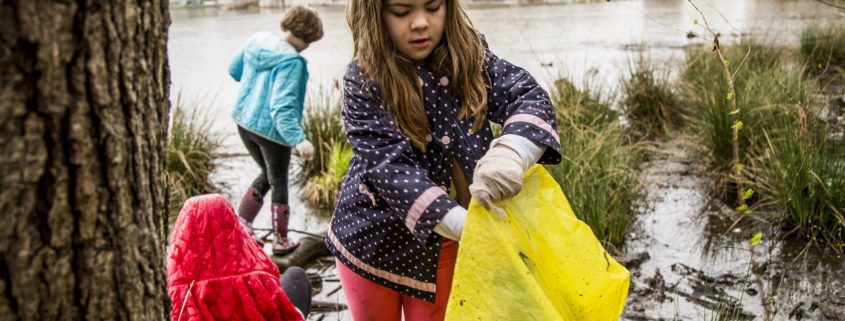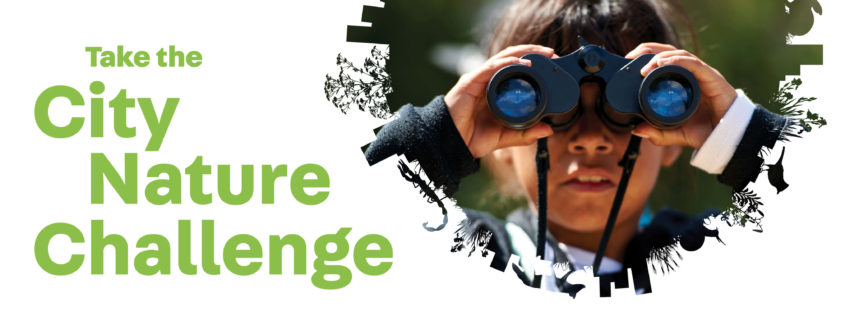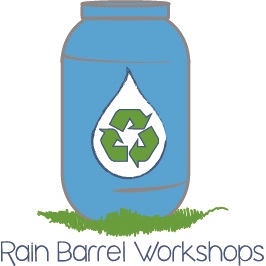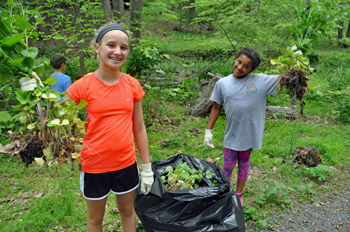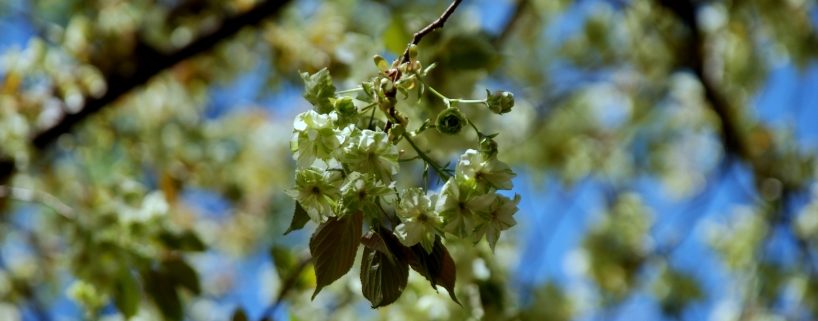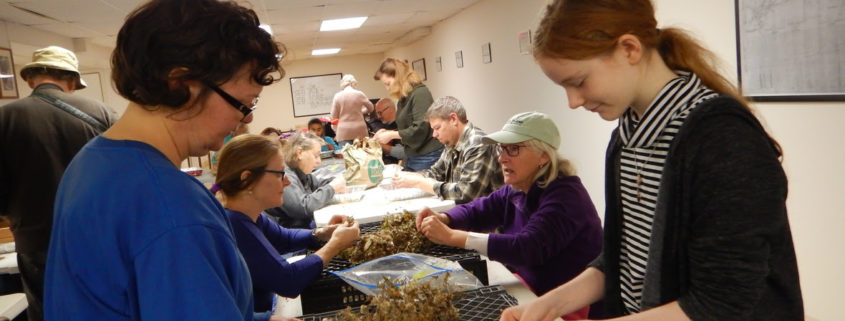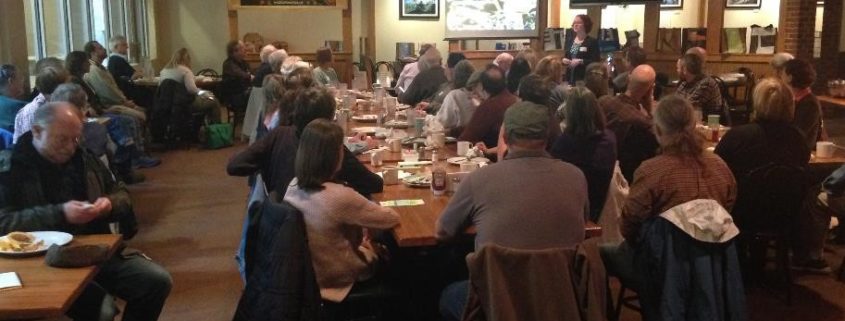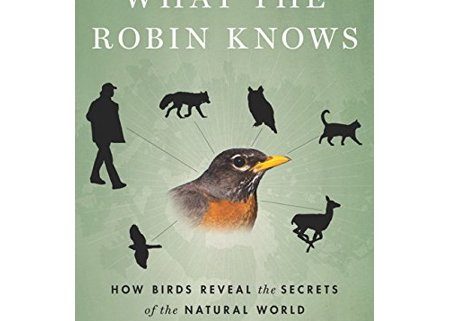Help clean up Fairfax County Parks April 5th-20th
Join The Nature Conservancy and Fairfax County Park Authority to clean up your watershed! This spring cleaning will remove tires, plastic bottles, cans and other debris from local waterways, preventing trash from reaching the nation’s largest estuary, the Chesapeake Bay.
1,000 volunteers are needed to help cover 21 parks! This event is ideal for families, service groups, Scouts and individuals.
Dates and locations are subject to change. Registration for the 4th annual cleanup event will open on March 1, 2019.
5 APRIL 2019
Providence RECenter, Falls Church—25 volunteers needed
6 APRIL 2019
Cub Run RECenter, Chantilly—105 volunteers needed
Ellanor C. Lawrence Park, Chantilly—35 volunteers needed
George Washington RECenter grounds, Alexandria—45 volunteers needed
Hidden Oaks Nature Center at Roundtree Park, Falls Church—55 volunteers needed
Hidden Pond Nature Center, Springfield—55 volunteers needed
Huntley Meadows Park, Alexandria—50 volunteers needed
Lake Accotink Park, Springfield—105 volunteers needed
Lake Fairfax Park, Reston—30 volunteers needed
Lemon Road Park, Falls Church—45 volunteers needed
Middleridge Park, Fairfax—45 volunteers needed
Ossian Hall Park, Annandale—45 volunteers needed
Pine Ridge Park, Annandale—45 volunteers needed
Royal Lake Park, Fairfax—45 volunteers needed
Sully Historic Site, Chantilly—30 volunteers needed
Woodglen Lake Park, Fairfax—45 volunteers needed
13 APRIL 2019
Riverbend Park, Great Falls—45 volunteers needed
Scott’s Run Nature Preserve, McLean—30 volunteers needed
20 APRIL 2019
Arrowbrook Park, Herndon—45 volunteers needed
Dulles Rock Hill Park, Chantilly—45 volunteers needed
Merrybrook Run Stream Valley Park, Fairfax—45 volunteers needed


